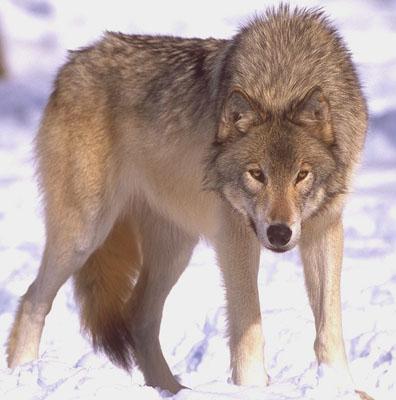
Is reintroduction affected by social structure and dispersal behavior?

"We are drawn to wolves because no other animal is so like us. Of all the rest of creation, wolves reflect our own images back to us most dramatically, most realistically, and most intensely. Like wolves, we evolved as hunters; we have long legs and considerable powers of endurance, adaptations to the chase rather than to hiding; we have minds that are capable of fine calculation, not just of spatial relationships, but of strategy and coordination. Like wolves, we band together to kill larger prey, and that has given us a different social system and a different personality from the chimpanzee; we have long childhoods, strong social bonds, complex social roles, and status differences; we tend to claim and defend territories; we have complex forms of communication; we are individuals; we have strong emotions." Steinhart 1995
Wolf movements and territories
Patterns and trends in dispersal
Dispersal in response to different reintroduction strategies
How can dispersal benefit wolf populations?
return home